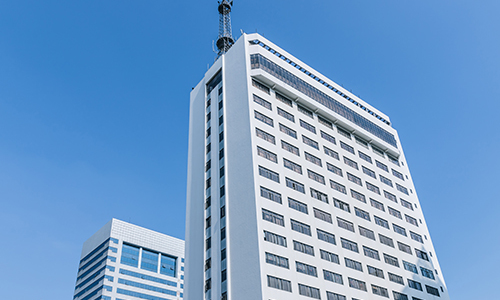The global plastic compounding market size is anticipated to reach USD 87.8 billion by 2027, expanding at a CAGR of 5.2% over the forecast period. The rapidly developing construction and automobile sectors are anticipated to drive the demand for interiors, exteriors, and underhood components. The maximum application of plastic compounding in underhood components in the automotive industry, building interiors and exteriors in construction and infrastructure industries, and in electronics, durables, and wire and cable industries are anticipated to further fuel the growth. However, the COVID-19 outbreak has affected the raw material prices of plastic compounding. Recently, crude oil prices hugely slumped due to the COVID-19 pandemic. A decline in demand, halts or slowdowns in the manufacturing industry, and restrictions in supply and travel are resulting in the decline of crude oil prices. These factors are expected to have a short-term impact on the prices of crude oil. Thus, the raw materials providers who can procure or store crude oil in the current situation can generate a significant profit margin. Polyethylene Terephthalate (PET) is the plastic used for manufacturing bottle containers used for packaged water and carbonated beverages. As a raw material, PET is recognized as a safe, strong, flexible, non-toxic, and lightweight material that is 100% recyclable. Hence, it has gained wide acceptability and in turn, is anticipated to drive the growth of the market for plastic compounding over the forecast period. Asia Pacific was the leading revenue generator for the PET compound segment in 2019. The ever-increasing demand for beverages-mainly carbonated beverages and nutritional drinks-is anticipated driving the regional consumption of PET compounds. This trend is favored by a rise in population, changing lifestyles, and the emergence of domestic beverage manufacturers. The presence of a large pool of contract bottlers in the region shall also impact the scope of packaging applications in the Asia Pacific. Traditionally, the construction industry has been a major consumer of plastics with the product application ranging from pipe fittings and insulation to masonry materials and equipment. Plastic compounds are modified in accordance with their requirements. For instance, flame retardant additives are added to Polyvinyl Chloride (PVC) compounds and form a very crucial aspect of building materials. Developing countries, such as Mexico are expected to benefit from rising construction spending and inclination of consumers toward utilizing sustainable and lightweight building materials in place of conventional materials. The expanding automotive sector and changing consumer buying behavior from considering cars as luxuries to necessities are also significant factors anticipated to positively impact the plastics sector and drive compounding activities in the region. The recent outbreak of the COVID-19 pandemic has affected the revenue generation of the companies operating in the plastic compounding market. For instance, SABIC, one of the prominent players in the plastic compounding market, witnessed a decline in revenue in the first quarter of 2020 by 18% as compared to the first quarter of 2019. This is attributable to lower demand resulting from the COVID-19 crisis and challenges in the supply-demand balance. Plastic Compounding Market Report Highlights In terms of revenue, polypropylene is the most consumed plastic compounding product. The rise in its production can be attributed to high demand from packaging and medical device industries across the globe Increasing requirement for flame retardancy, heat resistance, and improved serviceability is anticipated to drive growth in electronics and electrical industry Construction is the leading application segment for polyethylene compounds with the segment accounting for a mass application globally Major plastic compound manufacturers have been acquiring independent compounding facilities, rather than establishing plants, to strengthen their position.
